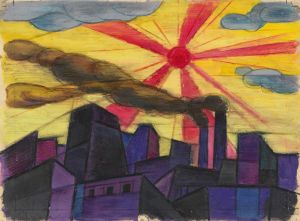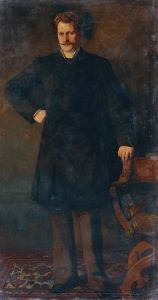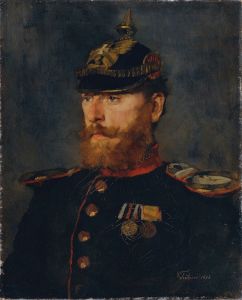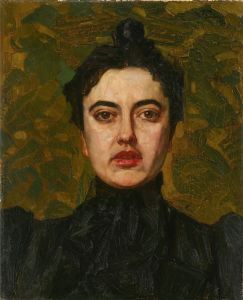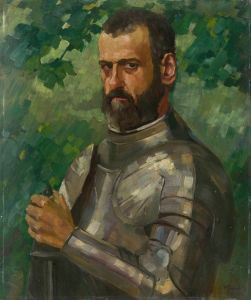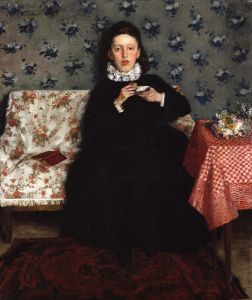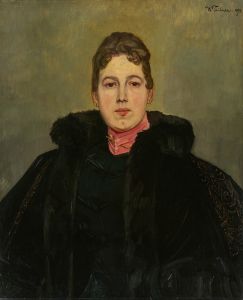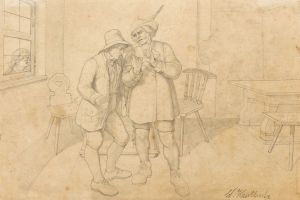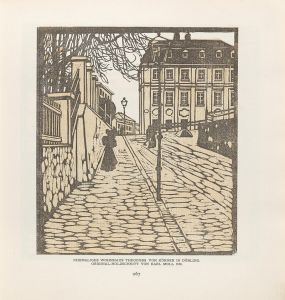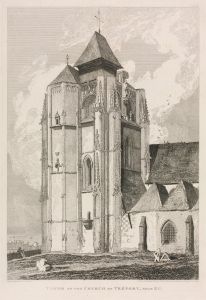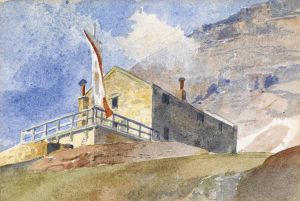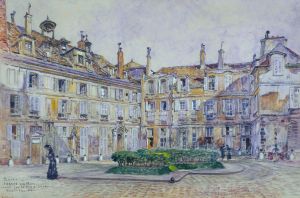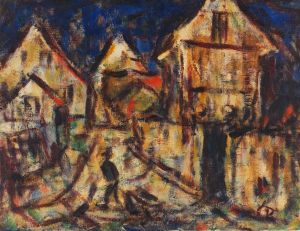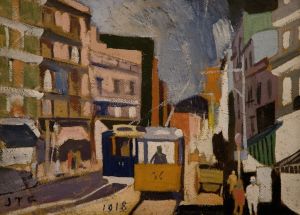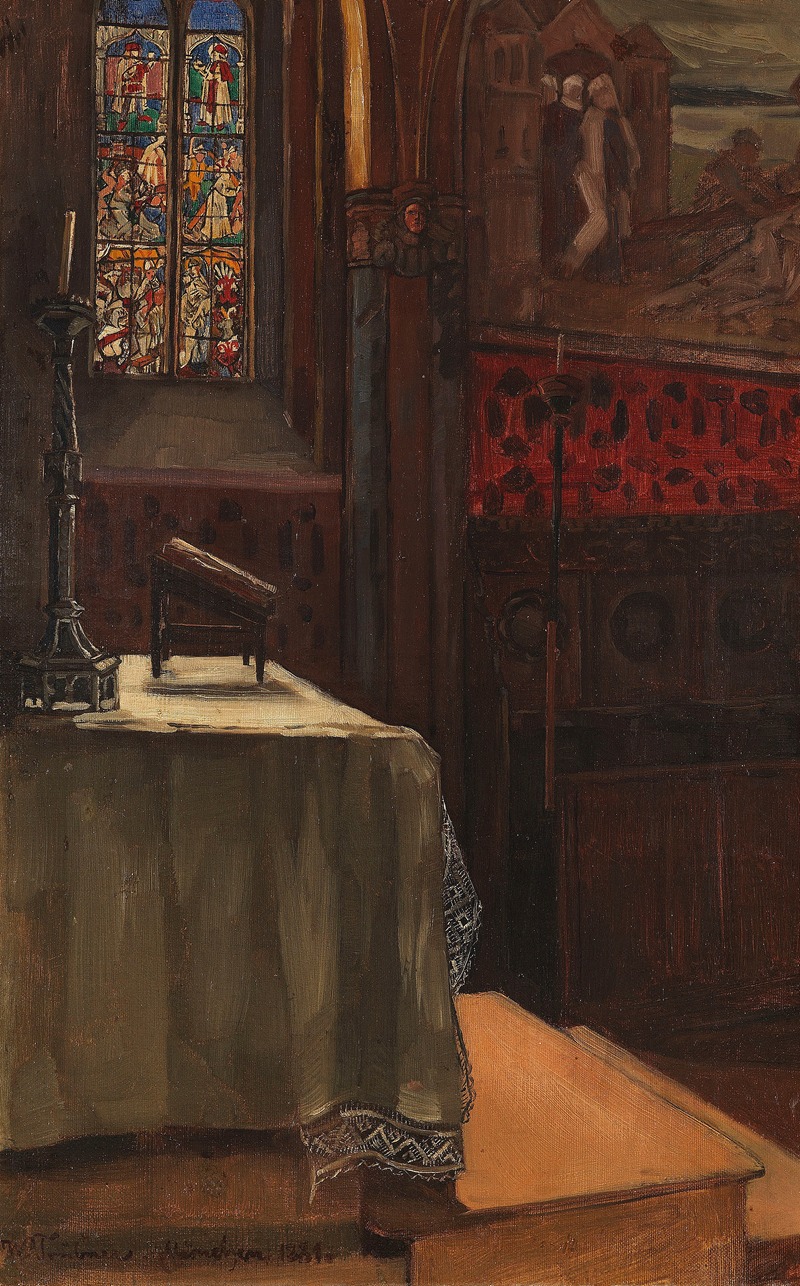
Pippinger Kirche bei Pasing
A hand-painted replica of Wilhelm Trübner’s masterpiece Pippinger Kirche bei Pasing, meticulously crafted by professional artists to capture the true essence of the original. Each piece is created with museum-quality canvas and rare mineral pigments, carefully painted by experienced artists with delicate brushstrokes and rich, layered colors to perfectly recreate the texture of the original artwork. Unlike machine-printed reproductions, this hand-painted version brings the painting to life, infused with the artist’s emotions and skill in every stroke. Whether for personal collection or home decoration, it instantly elevates the artistic atmosphere of any space.
Wilhelm Trübner (1851-1917) was a German realist painter associated with the circle of Wilhelm Leibl, a prominent figure in the German realist movement. Trübner's work is characterized by its detailed observation and a strong emphasis on the naturalistic depiction of subjects. One of his notable works is "Pippinger Kirche bei Pasing," which translates to "Pipping Church near Pasing."
"Pippinger Kirche bei Pasing" captures the Pipping Church, a historical building located in the Pasing district of Munich, Germany. The church, known for its picturesque setting and architectural significance, serves as the focal point of Trübner's painting. The artwork is a testament to Trübner's skill in landscape painting and his ability to convey the serene and timeless quality of rural architecture.
The painting showcases Trübner's adept use of light and shadow to create depth and texture, bringing the church and its surroundings to life. The composition is balanced, with the church positioned slightly off-center, allowing the viewer's eye to wander through the landscape. The attention to detail in the foliage and the play of light on the church's façade highlight Trübner's commitment to realism and his keen observational skills.
Trübner's choice of subject matter reflects the broader trends in 19th-century German art, where there was a growing interest in capturing the essence of everyday life and the beauty of the natural environment. The Pipping Church, with its historical and cultural significance, provided an ideal subject for Trübner to explore these themes.
The painting is part of Trübner's broader body of work, which includes portraits, still lifes, and other landscapes. His works are characterized by their meticulous attention to detail and a strong sense of realism, influenced by his association with the Leibl circle. Trübner's contributions to German realism have been recognized for their technical proficiency and their ability to convey the quiet dignity of their subjects.
"Pippinger Kirche bei Pasing" is housed in the Neue Pinakothek in Munich, a museum dedicated to 19th-century European art. The museum's collection includes works by many of Trübner's contemporaries, providing a comprehensive overview of the artistic movements of the time. Trübner's painting is an important part of this collection, offering insight into the artist's approach to landscape painting and his place within the broader context of German realism.
In summary, "Pippinger Kirche bei Pasing" by Wilhelm Trübner is a significant work that exemplifies the artist's realist style and his ability to capture the serene beauty of rural architecture. The painting remains an important piece within the Neue Pinakothek's collection, reflecting the historical and cultural context of 19th-century German art.





